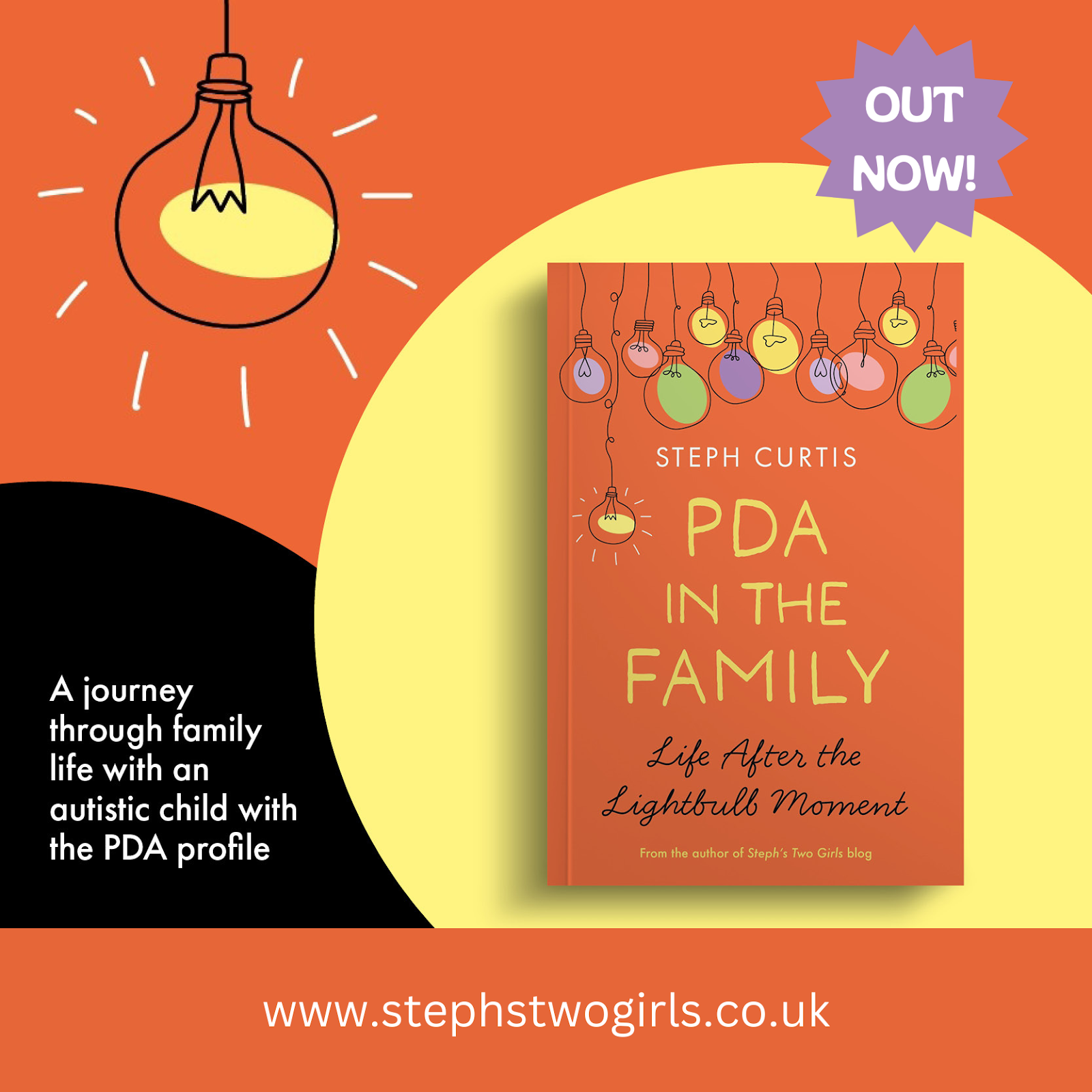Tally tries hard to fit in; sometimes too hard. Eventually, with the help of some other key characters in the book, she learns how to be true to herself and how to express her feelings through song writing. Tally struggles with many aspects of school and gradually begins spending more time at a stables where an alternative education programme takes place. There's a lot of talk about school anxiety and Tally mentions how she doesn't like the term "school refusal":
Some people call this school refusal. Personally, I do not like that term as it makes me feel like I’m being accused of making a choice to not want to go to school, which of course is not the case. When it’s at its worst, my brain and body actually go into shutdown and don’t allow me to leave the house or even my bed in some cases. So of course it’s not a choice in any way, because who would choose that?
News report: Tally turns into a tigerWell, that felt good. Strange, and exhausting, but good. When I first started this school, I used to wear a tiger mask a lot of the time at home. But I never wore it at school. I wore a different mask, the one of the "perfect kid" trying to fit in. Today, I peeled off that mask, and it turns out there’s another tiger underneath– a real one this time. I wonder if it’s been there all along, just waiting to emerge and be heard and seen. Imagine if everyone at school - teachers and kids - spent a week as an autistic person.They would soon stop seeing us as "different" and would start to realise how much we have to endure each day – from the noise and busyness, to the pressure to conform and the endless rules… it’s so much to deal with.
If autistic people designed schools, just imagine how amazing they would be…
Although the book mostly focuses on school life and struggles, it also covers the fact that Tally lives at home with her mum, dad and older sister. The family are aware that Tally has been diagnosed with the Pathlogical Demand Avoidance profile of autism, and relationships at home are also described. Some of the ways in which other family members have learned to help her are discussed throughout the book, along with descriptions of difficult meltdown moments:
The room is still for a moment as everyone holds their breath, waiting to see what will happen next. Tally waits too. If anyone was ever interested enough to ask, she would have told them that this is almost the worst part of a situation like this. The seconds before she knows how her head is going to react to the myriad of emotions that are swirling around her brain. The second before she knows what response she’s going to have, in order to keep herself safe.Maybe she’ll freeze up, like she did in the hallway earlier. That often happens when she’s confused and not sure what she’s done wrong. Or perhaps her body will protect her by putting her into fight mode. Her muscles will tense, and her mouth will open and she’ll be a whirlwind of chaos and noise before collapsing in an exhausted heap on the floor. That can happen when she’s scared and anxious.
*This post contains affiliate links and I may receive a small commission if you visit a link and make a purchase. It won't cost you any extra*
Our book, PDA in the Family, is out now! We wanted to help other people understand more about Pathological Demand Avoidance and the book was one way of doing that. It's an account of our family life since the day we were told our younger daughter is autistic. It covers diagnosis, the subsequent lightbulb moment we had when we heard about PDA, education, relationships and more.

























No comments:
Post a Comment
Comments are always very much appreciated and can really help the conversation go further...